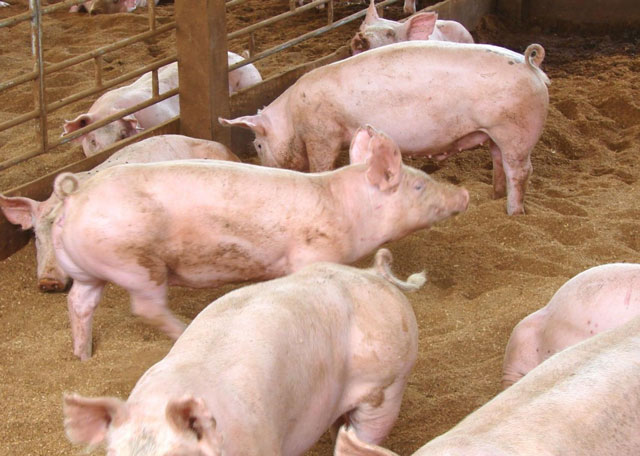
Kampala, Uganda | THE INDEPENDENT | Farming households in Uganda managed to increase the population of pigs, sheep, and rabbits between 2008 and 2018 at a faster rate than they did for cows and goats, new statistics have shown.
The figures, published on Tuesday by the Uganda Bureau of Statistics (UBOS) show that pigs grew by 37.2 per cent, Sheep by 36.9 per cent, while rabbits’ population grew by 41 per cent. On the other hand, cattle (6.2 per cent) and goats (18.6 per cent) grew slowest.
The figures are contained in the annual agriculture household survey 2018. The figures didn’t capture the animals or crops owned by institutional large scale farmers like schools or prisons. Also missing is the bit of Kampala as capital city which also contains farmers.
According to the figures, Uganda’s pig population increased to 5.1million in 2018 up from 3.1million in 2008. Sheep reached 5.4million from 3.4million in 2008. Rabbits reached 628,000 in 2018 up from 373,000.
While most households said they kept these animals for home consumption, according to UBOS, there is a feeling that many end up putting them up for sale whenever they get the need for money. Also, the start-up capital to start a piggery or a rabbit farm was not as hindering as one for the cows.
Goats and cattle grew at the slowest pace, they still outnumber the small animals where pigs, sheep and rabbits fall. Goats grew from 12.5million in 2008 to 15.3 million last year. For the cattle, UBOS said, it registered 12.1million heads of cattle up from 11million registered in 2008.
Emmanuel Menya, the principal statistician Ubos, said even with these numbers, their survey shown that most households in Uganda still grow crops – with nine out of ten households engaged in crop farming. Some of these did both livestock and crop farming.
For livestock, eight out of 10 kept livestock.
On the whole, the survey found that at least 5.94m agricultural households in Uganda in 2018. Ndikuryayo Richard, the head of statistics at MAAIF, said the demand for agriculture statistics is overwhelming.
Less than 15 per cent of the households reported having had some training in agriculture or some form of farming. This means that the majority of agriculture households do farming but without concrete knowledge of what they are doing.
Meanwhile, the survey also looked at the gender dimension in the agriculture household and found that at least 8 in 10 households are headed by males.
In Karamoja, the ratio is lower with 6 males against 4 females heading an agricultural household. UBOS said it will study institutions carrying out agriculture to see how much they add to agriculture. Also, urban centres like Kampala will be added in the survey.
Patrick Okello, the director agriculture statistics at UBOS, said that there is a sizeable number of people in urban centres keeping rearing chicken, pigs and goats.
*****
URN
 The Independent Uganda: You get the Truth we Pay the Price
The Independent Uganda: You get the Truth we Pay the Price



please thanks for the information and kindly notify me on the other agricultural deelopmentd